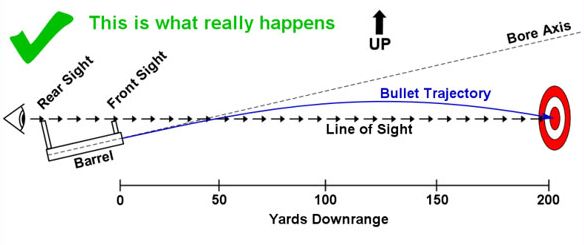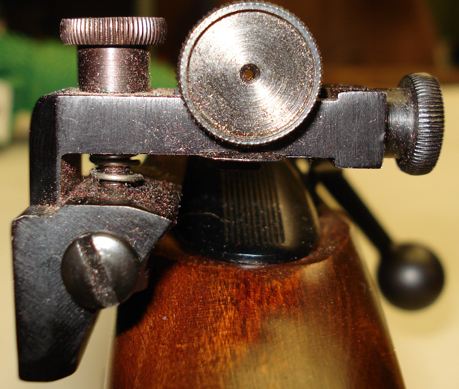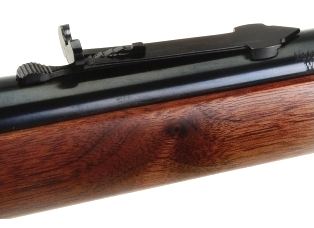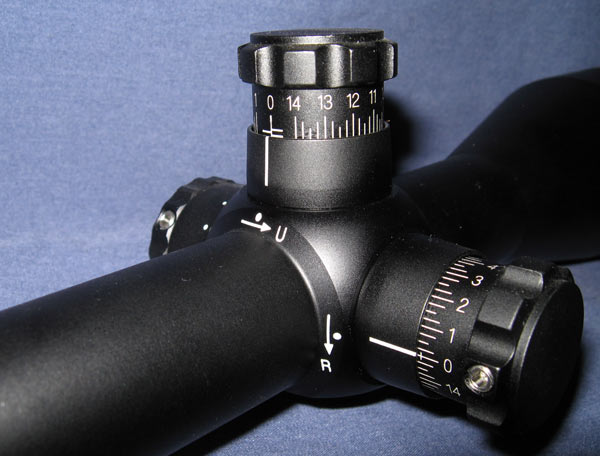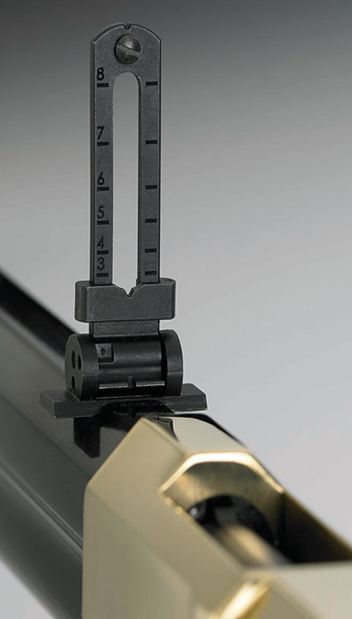I recently acquired a new (old) rifle. The late 40’s Mossberg 146B (b) is a great example of a well-made full size .22 lr bolt action rifle. This gun feels like a real rifle when you handle it due to its length and weight. This was a tool that was at home in the field or at the range.
Sporting a nice 2X7 Burris scope that was clear and crisp, I sighted it in and the gun performed as well as it did 67 years ago. However as I researched the gun I discovered it had originally been equipped with a rear “peep” sight. It also had a unique front sight that featured several different post sizes and designs ranging from thin and thick to a circular ghost ring that could be rotated into place for the specific task at hand.
I set about finding a replacement rear peep sight to return the gun to original configuration. At the same time I began to think about why it is important to learn to shoot with “Open or Iron” sights. It boils down to the basics of shooting and an understanding of ballistic trajectory.
In this day of magnified optics, red dots, and laser sights it is easy to forget that bullets do not travel in a straight path for very long. Those that enjoy long range shooting understand this, but many new shooters do not fully comprehend the relationship of the sights and the bullet path.
Most guns come equipped with sights, although some rifles do not and come only with mounts for optics. And while I am a big fan of lasers on my carry guns, I firmly feel that a new shooter should learn on a handgun or rifle with open or iron sights.
Know the relationship between the front and rear sight. If you are shooting low at 50 yards with a .22 rifle how do you raise the point of impact? If all you are doing is turning a knob or turret how does that magically get the gun to hit where the crosshairs are pointing?
It is important to visualize and understand that raising a rear sight is actually lowering the rear of the barrel which in turn changes the angle of the bore so that the projectile is on an upward trajectory as it exits the muzzle. The bullet travels in a parabolic path rising and then falling to hit the correct spot at the desired range. If the distance is greater the trajectory has to aimed higher.
Some open sights may have visual clue such as a step in the design of the sight to help with a visual adjustment to the aiming point, or in the case of a scoped rifle it may have what are called hold over points built into the reticle or crosshairs. The important point is to understand the ballistic performance of the cartridge you are shooting and how to compensate for it.
Open sights on rifles often have adjustable ramps or ladders for varying distances in the field and today many scopes have turrets that can be turned to a specific setting when the distance is known.
None of these sighting aids are useful without a good understanding of the Basics!

